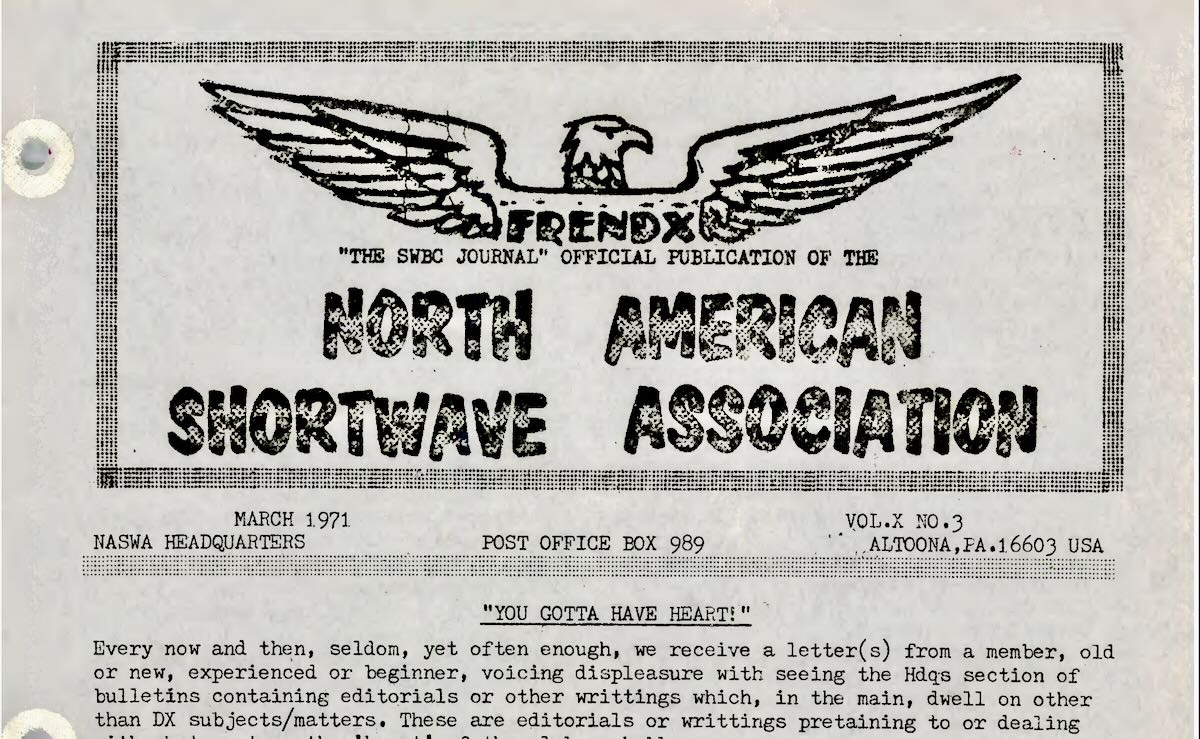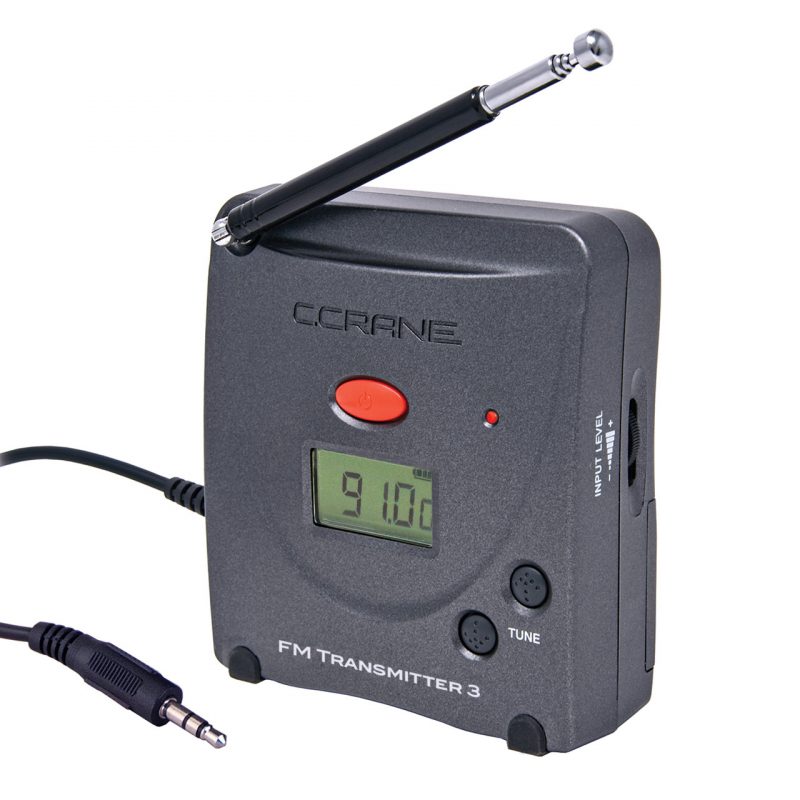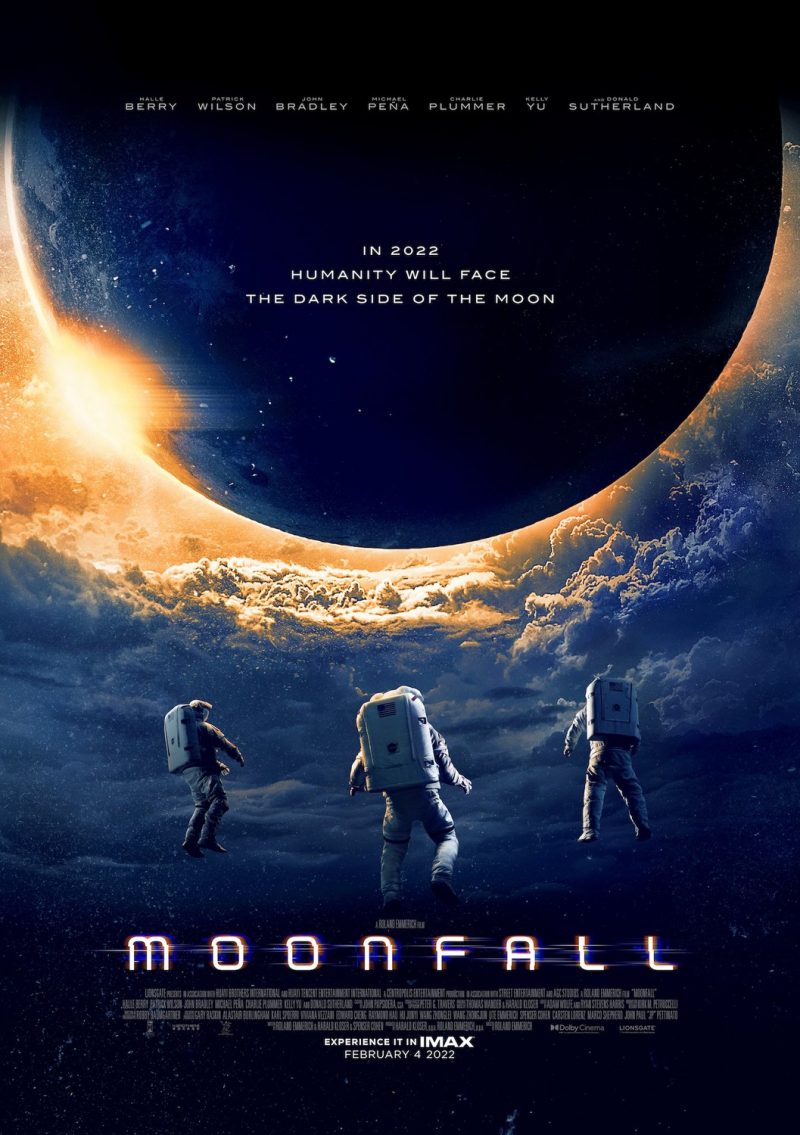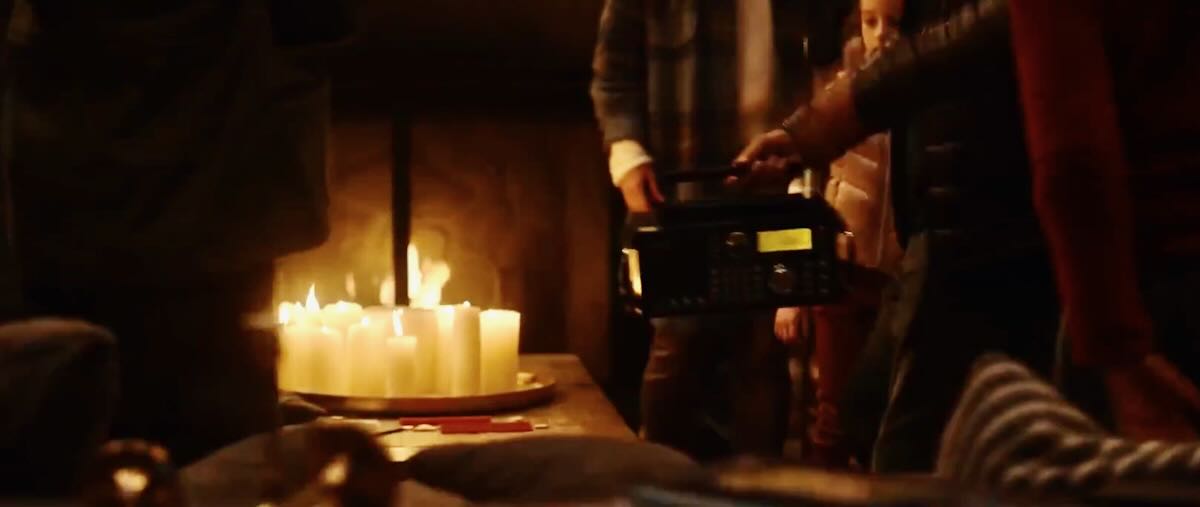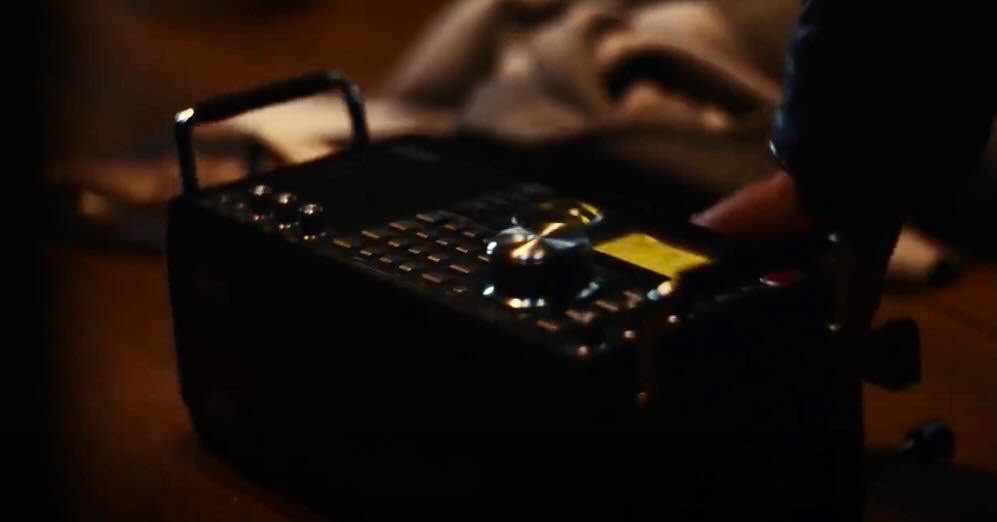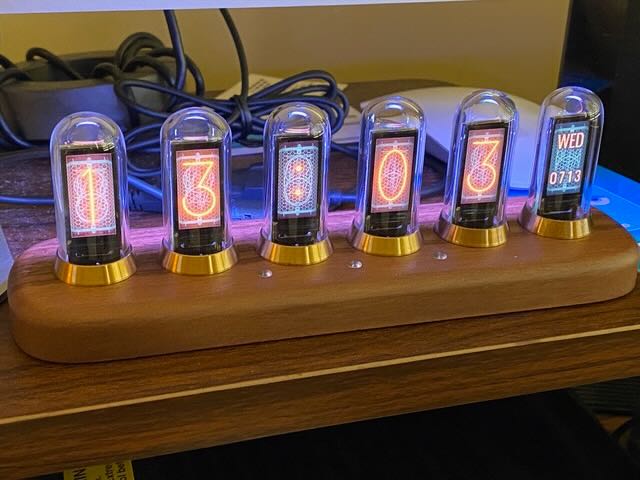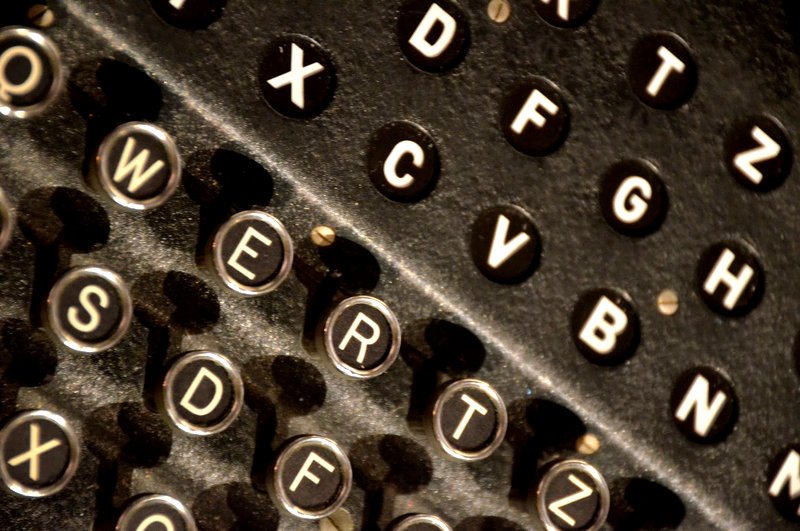From the Speedway to Your Wall: Taking the W9IMS Checkered Flag
By Brian D. Smith, W9IND
The Checkered Flag is in sight – for hams and SWLs who’ve completed two-thirds of the chase for the annual W9IMS certificate. And for those who haven’t, there’s still a special QSL card awaiting all who snare the final contact during the coming week.
As its initials imply, W9IMS stages special events in honor of the Indianapolis Motor Speedway’s three major races. The third and final operation of 2022 – commemorating the NASCAR 200 at the Brickyard – will activate between the hours of midnight Indy time (0400 UTC) Monday, July 25, and midnight Sunday, July 31 (0400 UTC Tuesday, August 1).
Earning the 2022 Checkered Flag Award depends on working or tuning in each of the three special events. Since the first two races (the IndyCar Grand Prix and the Indianapolis 500) ran in May, it’s obviously too late to claim the clean sweep.
However, W9IMS also issues collectible QSL cards for the three individual races, so there’s still time to get a piece of the action.
Where to start? Well, W9IMS favors 20 and 40 meters, sometimes adding 80 meters later in the week (not to mention 2 meters on Race Day for locals and fans in the stands at the Speedway). Preferred frequencies are 14.245 and 7.245 SSB, plus or minus QRM.
But rather than spin the dial, try scanning the following tips for finding W9IMS on the air:
- Check DX Summit (www.dxsummit.fi) for spots listing the current frequency or frequencies of W9IMS, if any. By typing “W9IMS” in the search box at upper right, you can customize it to show reports for only Indianapolis Motor Speedway special events. Naturally, you’ll be interested in only the ones from July 2022.
- Go to the W9IMS web page (www.w9ims.org) and look for the heading, “2022 Operating Schedule.” Click on the NASCAR 200 link, which opens into a weeklong schedule listing individual operators and their reserved time slots. Your odds of catching W9IMS on the air improve significantly during these hours.
- Prime operating time on weeknights is 6 to 10 p.m. Indy time (2200-0200 UTC). However, W9IMS can appear anytime, even on two bands at once, between 0400 Monday, July 25, and 0400 Sunday, July 31.
- Remember that the published schedule can be shortened by adverse circumstances, such as noisy band conditions, local thunderstorms or a lack of calling stations. Don’t wait till the final hour to chase W9IMS!
- Operators often get on the air at unscheduled times. That’s why DX Summit is your best bet for locating W9IMS’s current spot(s).
- If you plan on going for the 2023 Checkered Flag Award, remember that the three required W9IMS special event QSOs (or reception reports) must come from each of the year’s three races – the Grand Prix, the 500 and the Brickyard. Making three contacts during the coming week still earns you the colorful Brickyard QSL card, but no extra credits toward the 2022 certificate.


